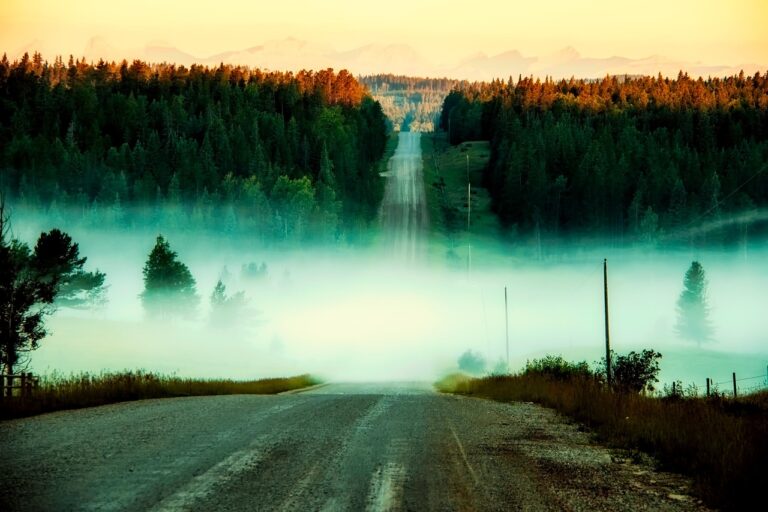Exploring the world’s most unique natural wonders: geological phenomena and landscapes
When it comes to natural wonders, our planet is full of extraordinary geological phenomena and landscapes that leave us in awe of Mother Nature’s creativity. From towering mountains to cascading waterfalls to vast deserts, there is no shortage of unique and breathtaking sights to explore around the world.
The Grand Canyon, USA
One of the most iconic natural wonders in the world, the Grand Canyon in Arizona is a breathtaking testament to the power of erosion. Carved by the Colorado River over millions of years, the Grand Canyon stretches for 277 miles and reaches depths of over a mile. Visitors can marvel at the colorful layers of rock that reveal the Earth’s geological history, making it a must-visit destination for nature lovers and adventure seekers alike.
Mount Everest, Nepal
As the tallest mountain in the world, Mount Everest is a symbol of human ambition and determination. Located in the Himalayas on the border between Nepal and Tibet, Everest stands at a staggering 29,029 feet above sea level. Climbing to the summit is a challenging and rewarding experience that attracts mountaineers from around the globe, offering unparalleled views of the surrounding peaks and valleys.
The Great Barrier Reef, Australia
Stretching over 1,400 miles along the coast of Queensland, Australia, the Great Barrier Reef is the largest coral reef system in the world. Home to thousands of species of marine life, including colorful corals, tropical fish, and sea turtles, the reef is a paradise for snorkelers and divers. It is a UNESCO World Heritage Site and a must-see destination for anyone interested in exploring the wonders of the underwater world.
Mount Kilimanjaro, Tanzania
Rising majestically above the African savannah, Mount Kilimanjaro is the highest peak on the continent and the tallest freestanding mountain in the world. Climbing Kilimanjaro is a popular adventure for hikers and nature enthusiasts, offering a chance to experience diverse ecosystems from lush rainforests to alpine deserts in a single trek. The snow-capped summit provides a stunning backdrop for a once-in-a-lifetime journey.
The Northern Lights, Iceland
Also known as the Aurora Borealis, the Northern Lights are a spectacular natural light display that illuminates the night sky in the polar regions. Iceland is one of the best places to witness this ethereal phenomenon, with its clear, dark skies and frequent auroral activity. The dancing colors of green, pink, and purple are sure to leave you spellbound and inspired by the beauty of the universe.
The Sahara Desert, Morocco
Spanning over 3.6 million square miles across North Africa, the Sahara Desert is the largest hot desert in the world. Its vast expanse of sand dunes, rocky plateaus, and oases is a stunning example of the harsh yet beautiful landscapes that exist on our planet. Visitors can ride camels across the dunes, camp under the stars, and immerse themselves in the rich culture of the nomadic tribes that call the desert home.
FAQs
Q: What is the difference between stalactites and stalagmites?
A: Stalactites are icicle-shaped formations that hang from the ceilings of caves, while stalagmites are cone-shaped formations that grow up from the cave floor. Both are created by the deposition of minerals carried by water dripping from the cave ceiling.
Q: How long does it take for a rock to become a fossil?
A: The process of fossilization can take millions of years, depending on the type of rock and the conditions in which the fossil is formed. Soft tissues decay quickly, but hard parts like bones or shells can fossilize over time through a process of mineral replacement.
Q: What causes earthquakes?
A: Earthquakes are caused by the sudden release of energy in the Earth’s crust, usually due to the movement of tectonic plates. When plates collide, slide past each other, or pull apart, stress builds up in the rock until it is released as seismic waves that shake the ground.







